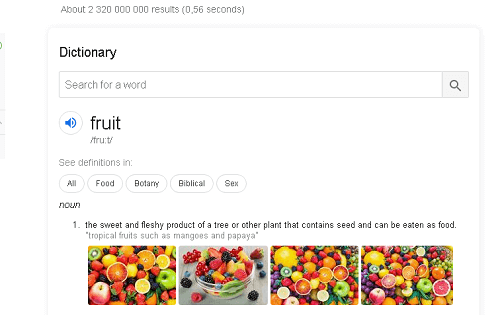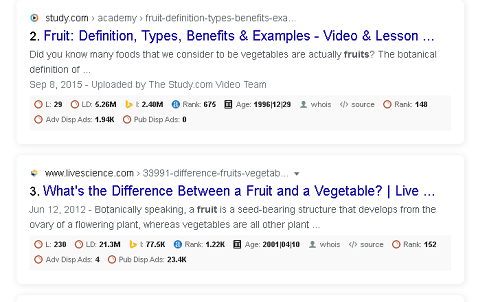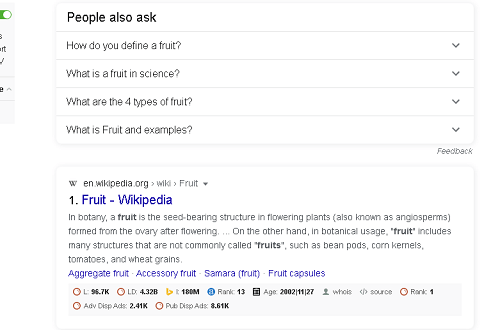Optimizing Research
In this blog, we will cover the importance of user intent when writing and creating effective content. As we all know, Google’s objective is to organize information by making it universally and easily accessible. Therefore the company is constantly innovating to fulfil this objective. As webmasters, these constant innovations mean updates in algorithms that affect our basic requirements to reach ranking status.
So to remain relevant as a webmaster and a content creator under the everchanging conditions of search engine optimization. It is important to produce content that is compatible with google’s mission. Easy to access, accurate, and organized.
There are many ways to optimize information for this objective; today, we will look at how to optimize the research process, otherwise known as content development.

Firstly let us Examine the Definition of (web) Content Development
“Web content development is the process of researching, writing, gathering, organizing, and editing information for publication on websites.”
This is something we are all familiar with because, in our line of work, content development and research is the foundation for any new page. Our research process includes
- Keyword research
- Competitor analysis
- Headings/Meta Title research
- Density (for applicable keywords) research
- Frequently Asked Questions
This exercise, coupled with our copywriting skills, helps us create content that is informative, accurate, and accessible. However, catering to the google user and how they search for information online is one of the more recent updates. Google aims to identify what the user is looking for and cater to the search query in the best way possible.
Regarding the latest update from Google, which rolled out in the first two weeks of May 2020. A core update that many of our sites to the bottom of the barrel in rankings. Google’s only advice about the restructuring of information was a list of questions that serve as a checklist for SEO specialists.
For content development, we found the most applicable question to be:
“Does the content seem to be serving the genuine interests of visitors to the site or does it seem to exist solely by someone attempting to guess what might rank well in search engines?”
Serving the genuine interest of the visitor can be interpreted in many ways, and they are several SEO strategies that we already make use of to serve this interest—for example, disambiguation and readability.
Serving the genuine interest of a visitor can start from the grass-root level of research and development.
Alongside our proven effective method of keyword research, incorporating a content plan might just be the way to reach google algorithms’ sweet spot – “the balance.”
Finding Keyword Intent
According to Nathan Gotch SEO Academy – there are primary categories that help us to establish search intent. For organic search engine traffic creation, your keywords have to fall into one or more of these.
- Information queries – e.g. What is a fruit?
How you satisfy this type of intent is to create educational content. Incorporating big data statistics helps us build authority as content providers but also directly answers information queries.
- Comparison – e.g. what is the difference between a vegetable and a fruit?
Satisfying this type of intent requires expanding on both subjects and remaining neutral in the position of your answer. You help the searcher find a solution.
- Transactional – e.g., Buy the best strawberries here and get a free banana!
Here the searcher already knows what they are looking for, and they are ready to buy. Example using an attractive call to action to urge the searcher to buy your service or product.
- Navigational intent – A returning searcher who goes straight your page
How to apply this practically



SERP Mining
(Let’s find the pages displayed by the search engine after the query)
- Going through the first page of results for your research query gives you an indication of what type of post it recognizes . for example, blog post or homepage.
- The type of content google gives you for you is how they fulfil their objective, and it is how you should structure they satisfy
- Focusing on the keyword is the most important part of satisfying intent.
- Remember, Google wants to create the best search experience,- therefore, simple and easy to read content will also perform better.
- If you have a website, searchers visit the site because they are looking to solve a problem. And your opportunity to sell them something will happen if you have given them the value they have requested.

Finally: Research according to USER Intention
You will see a practical way to mind map your research. It is similar to our current research format and will guide you into quality content development.
Here are other recommendations that influence a user’s ability to find information and answer their search query on your page. Remember
- Media – add more pictures and videos
- Total Word Count – double the word count of your competitors
- Readability – Simple, easy to read
- Design/UX – user and content-centric


